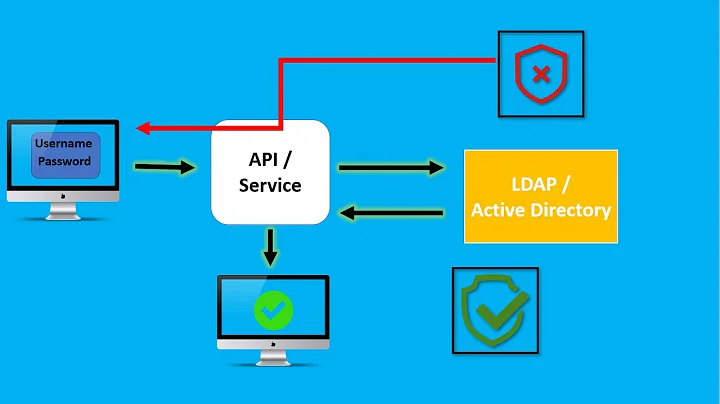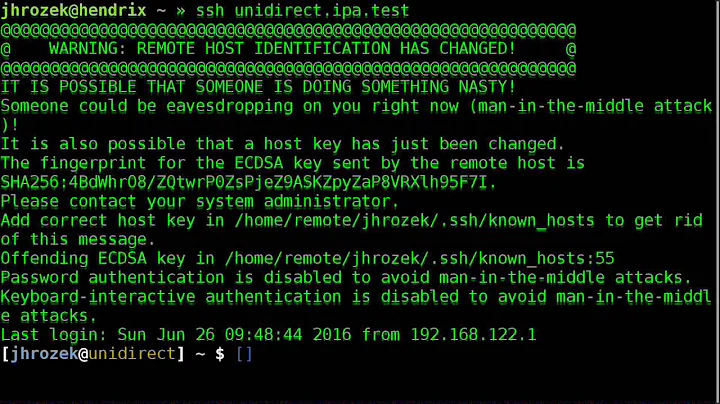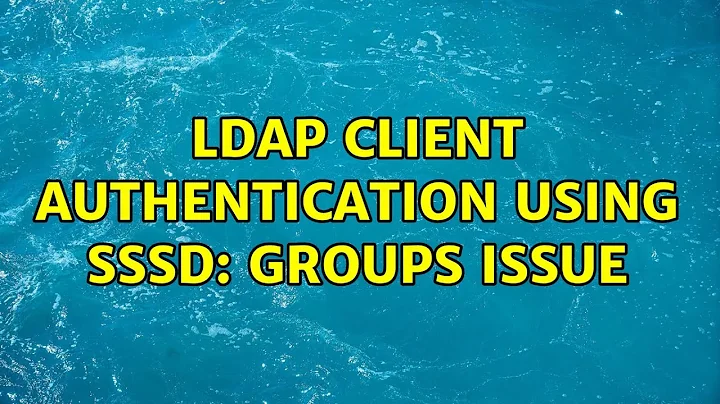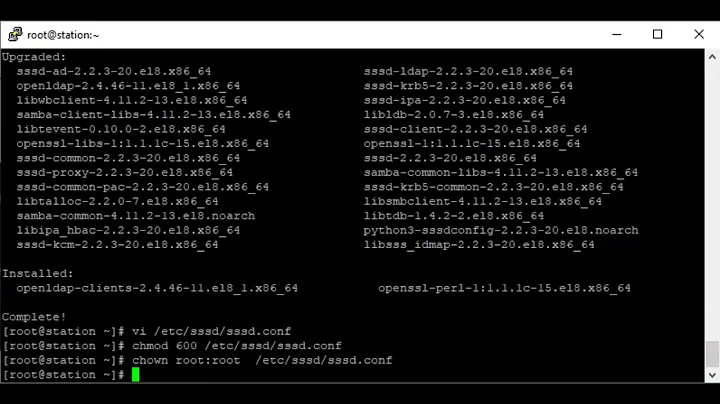LDAP Client Authentication using SSSD: Groups issue
Finally I was able to resolve it. This article helped me a lot.
Here is what I did. On SSSD side everything was configured fine, however, I did not configure the LDAP side. In order to Unix users (posix users) to work properly, we have to create posix groups and assign appropriate values.
For for each user, apart from assigning posix group ID and User ID, you need to attach them to a posix group as well. You can add this from 389 admin console as well. While creating group just click on the "posix group" section. Or from command prompt use this article
Related videos on Youtube
chandank
Updated on September 18, 2022Comments
-
chandank over 1 year
I have been able to setup 389 LDAP server and SSSD client authentication. However, whenever I login using ldap user after each login it displays the error
ttt@dsl's password: Last login: Thu Dec 6 12:52:06 2012 id: cannot find name for group ID 6006I tried with multiple different users and multiple types. I am using Centos 6 on both server and client side. getent shadow does not return ldap users and this feature request have been denied by Redhat.https://bugzilla.redhat.com/show_bug.cgi?id=751291.
Or shall I switch back to nss_ldap/pam_ldap, but I may not get password caching that sssd provides.
Update:
root@dsl etc]# cat /etc/sssd/sssd.conf [domain/default] ldap_tls_reqcert = never ldap_id_use_start_tls = True cache_credentials = True ldap_search_base = dc=ma,dc=net #krb5_realm = EXAMPLE.COM #krb5_server = kerberos.example.com ldap_group_member = uniquemember id_provider = ldap auth_provider = ldap chpass_provider = ldap ldap_uri = ldaps://ldap.ma.net ldap_tls_cacertdir = /etc/openldap/cacerts krb5_realm = EXAMPLE.COM krb5_server = kerberos.example.com enumerate = false [sssd] services = nss, pam config_file_version = 2 #domains = LDAP domains = [nss] filter_users = root,ldap,named,avahi,haldaemon,dbus,radiusd,news,nscd [pam] reconnection_retries = 3 offline_credentials_expiration = 2 offline_failed_login_attempts = 3 offline_failed_login_delay = 5 [sudo] [autofs] [ssh] [root@dsl etc]#After login as user I can successfully execute id command, still wondering why it always says no such group.
[root@ldap02 ~]# ssh ttt@dsl ttt@dsl's password: Last login: Thu Dec 6 13:18:16 2012 from 10.2.3.69 id: cannot find name for group ID 6006 [ttt@dsl ~]$ id ttt uid=6006(ttt) gid=6006 groups=6006Also
[root@dsl ~]# groups ttt ttt : groups: cannot find name for group ID 6006 6006 [root@dsl ~]# groups ttt-
 Admin over 11 yearsYour question is missing the following ingredients: full
Admin over 11 yearsYour question is missing the following ingredients: fullsssd.conf, relevant logfile entries and a mention of whether there even is a group with GID 6006 or not and whether your LDAP user is part of it or not. -
 Admin over 11 yearsupdated the question. Many cases if I post a question I get the answer by myself by evening but I guess this question has to wait
Admin over 11 yearsupdated the question. Many cases if I post a question I get the answer by myself by evening but I guess this question has to wait
-
-
daff over 11 yearsReally? You wanted to do (PAM) authentication against an LDAP user database without even having a complete LDAP user database? :)
-
chandank over 11 yearsYes it may sound strange to you, but I guess for someone who has no idea about Ldap and how it handles the user management for Unix, it was really difficult. I never though a ldap server designed on/for Linux would keep Linux user mgm so cryptic for a new user. I understand your point as now I think that was a trivial approach but at the same time I know how a newbie feels when he/she does not find a single reference of this in whole Manual.
-
chandank over 11 yearsI wonder if you could help me with how I could manage certs of two LDAP servers (failover server) on the client side. I did copy both certs on cacertd dir pointed by sssd and ldap.conf but it does not seems to work. Does these certs need to be in some format ?
-
daff over 11 yearsI think you should post a separate question about your certificate issues, should be fairly straightforward to answer. As for LDAP as a user database and authentication in general: of course it is difficult and non-trivial to get working, but there is much documentation and quite a few books out there that also teach the basics. The Ubuntu Server Guide contains useful information, as does the Red Hat documentation. And although a bit dated now, this book also helped me a lot.




